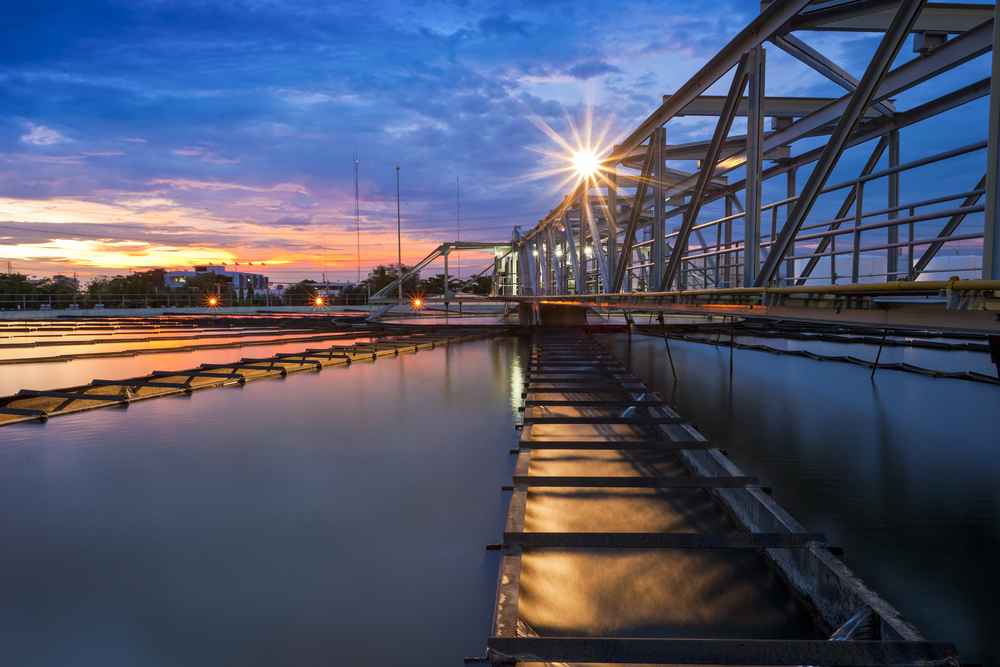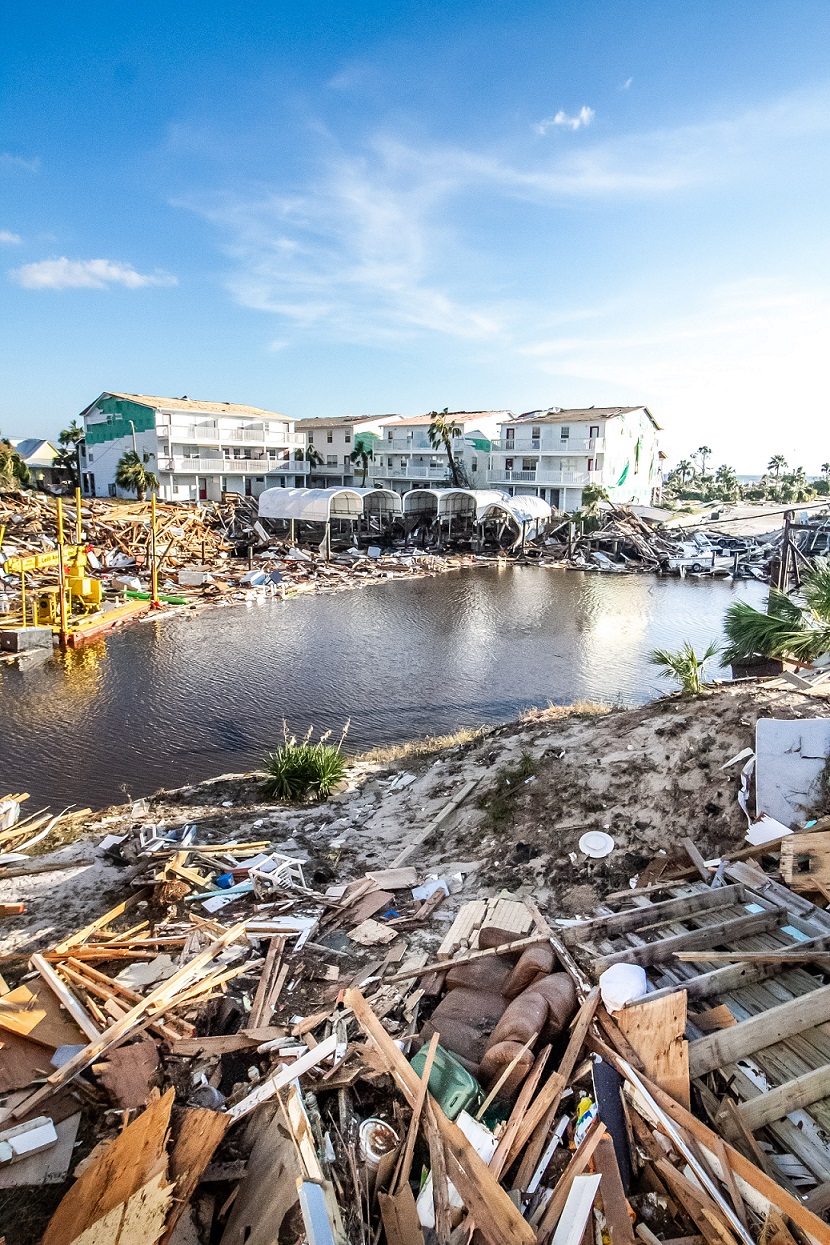Water and Wastewater Management:
Water Management is the activity of planning, distributing and managing the optimum use of water resources. Water being a transparent, tasteless, odourless and chemical substance is the main constituent of Earth’s living organisms. One of the biggest concerns for our water- based resources is the sustainability of the current and future water resource allocation. As water becomes more scarce, the importance of how it is managed grows vastly. Finding a balance between what is required by humans and what is needed in the environment is a vital step in the sustainability of water resources.










